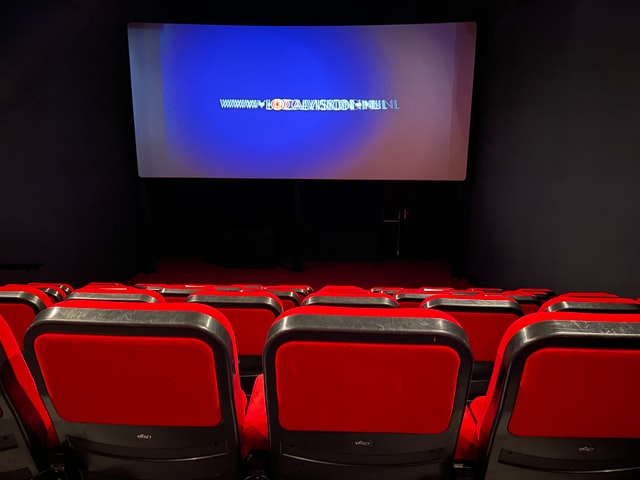The science-fiction genre allows filmmakers to use allegory and metaphor, thus aiding the audience in understanding their world as they get transported to another world. Critic and writer Darko Suvin from Yugoslavia described that founding principle as cognitive estrangement. It means that science-fiction tends to discuss familiar issues from the real world and let viewers place themselves in another context and thus view those issues from a different perspective. For the uninitiated, Suvin is someone who spent a long time defining and understanding the genre.
The new movie After Yang uses the cognitive estrangement concept, with a futuristic image to aid the audience in finding new ways of empathizing with present-day struggles. An adaptation of an Alexander Weinstein short story, the film recalls the heart-rending Pinocchio story of Stephen Spielberg, A.I. Artificial Intelligence. However, filmmaker Kogonada utilizes relationships between an android and humans to explore another set of considerations. His first film, Columbus, follows two lonely people who connect in the middle of the modern architecture that Columbus city is famous for.
That said, there is little to no public space in After Yang, a film in a well-conceived future where all use autonomous cars as they shuttle between work and home.
The future in the movie is not too dissimilar from the universe in films such as Ex Machine and Her. In it, everybody wears pants with high waists and turtlenecks, plus everything seems as if it came from a Muji. Jodie Turner-Smith’s character Keyra and Colin Farrell’s Jake have adopted a girl known as Mika and a robot sibling named Yang. The girl is from China but her parents come from a different place. Therefore, they have adopted the robot, expecting that it might be capable of giving her a greater association with her history and heritage than them.
Yang is programmed to say hundreds of interesting facts about the past of China, but it grapples with its connection to its identity. The film discusses what it means for a man-made android to have an ethnicity, culture or personal identity. The robot is designed in a way that makes it appear Chinese. It is programmed with a lot of knowledge regarding China. However, like Mika, it lacks a direct association with that part of itself, maybe less so because it somewhat knows that it was designed to appear Chinese.
When the robotic interior of Yang starts breaking down and it shuts off, the situation leaves the family in a crisis. The girl grieves her android brother, whereas her parents bother about her capability to accept that loss and her emotional health. The adults also mourn somebody that they have viewed as their son. Farrell’s character tries to put his girl back together but is up against staunch corporate people in his world. The corporate folks have precise laws and regulations regarding opening up androids as well as what those can fix and cannot solve. It is an experience with echoes for anybody who has attempted to get anything fixed at a local Apple Store location.
The desperation of Jake makes him a techie who opens the robot up and discovers a cube with something similar to memories, images and short seconds that its processors have archived over time. Jake descends into his robot’s mind, seeing its literal experiences as well as discovering that it had an indoor life all its own, with mysterious passions and thoughts.
The movie has a premise containing a lot of complex and nuanced potential, but Kogonada poses interesting questions with obvious answers. The girl and her robot talk about what would it be like if they had actual parents and were connected like a family. At that time, the robot takes the girl to a place and shows her a fruit tree with a grafted limb. There, the robot explains to her how the limb is similar to her in that it is taken from a different place and stitched up there. It may be a potent metaphor, but the literal explanation makes it seem like a simple solution to an emotional issue with more complexity.
Kogonada was based in the City of Nashville when he started a career in video essay creation. He used to make short films regarding the creations of other directors with the most beautiful photographs from their films. The origins often come in Kogonada’s films, where all frames are carefully designed, precise, claustrophobic and stunning.
There tends to be little breathing space or room to move in every frame, and the image is so immaculate that human hands cannot disturb it. Nothing is accidental in a Kogonada film and everything appears planned, so much so that it starts to seem predictable, visually stunning and sometimes emotionally raw. The soundtrack has an original track from Mitski, alongside legendary Japanese composer Ryuichi Sakamoto’s contributions. However, the soundtrack sometimes seems oppressive too, especially when piano keys remind the audience that the movie characters are unhappy.
After Yang seems like an uninterrupted circuit, maybe even similar to a perfectly-made robot without any room for mess or accident. The movie perfectly answers all the issues that it poses and all the themes that it presents, as a computer that executes algorithmic commands. However, the most human and insightful way of answering some question is sometimes to leave it to the interpretation of the audience.


